-
 Afrikaans
Afrikaans -
 Albanian
Albanian -
 Amharic
Amharic -
 Arabic
Arabic -
 Armenian
Armenian -
 Azerbaijani
Azerbaijani -
 Basque
Basque -
 Russian
Russian -
 Bengali
Bengali -
 Bosnian
Bosnian -
 Bulgarian
Bulgarian -
 Catalan
Catalan -
 Cebuano
Cebuano -
 Corsican
Corsican -
 Croatian
Croatian -
 Czech
Czech -
 Danish
Danish -
 Dutch
Dutch -
 English
English -
 Esperanto
Esperanto -
 Estonian
Estonian -
 Finnish
Finnish -
 French
French -
 Frisian
Frisian -
 Galician
Galician -
 Georgian
Georgian -
 German
German -
 Greek
Greek -
 Gujarati
Gujarati -
 Haitian Creole
Haitian Creole -
 hausa
hausa -
 hawaiian
hawaiian -
 Hebrew
Hebrew -
 Hindi
Hindi -
 Miao
Miao -
 Hungarian
Hungarian -
 Icelandic
Icelandic -
 igbo
igbo -
 Indonesian
Indonesian -
 irish
irish -
 Italian
Italian -
 Japanese
Japanese -
 Javanese
Javanese -
 Kannada
Kannada -
 kazakh
kazakh -
 Khmer
Khmer -
 Rwandese
Rwandese -
 Korean
Korean -
 Kurdish
Kurdish -
 Kyrgyz
Kyrgyz -
 Lao
Lao -
 Latin
Latin -
 Latvian
Latvian -
 Lithuanian
Lithuanian -
 Luxembourgish
Luxembourgish -
 Macedonian
Macedonian -
 Malgashi
Malgashi -
 Malay
Malay -
 Malayalam
Malayalam -
 Maltese
Maltese -
 Maori
Maori -
 Marathi
Marathi -
 Mongolian
Mongolian -
 Myanmar
Myanmar -
 Nepali
Nepali -
 Norwegian
Norwegian -
 Norwegian
Norwegian -
 Occitan
Occitan -
 Pashto
Pashto -
 Persian
Persian -
 Polish
Polish -
 Portuguese
Portuguese -
 Punjabi
Punjabi -
 Romanian
Romanian -
 Russian
Russian -
 Samoan
Samoan -
 Scottish Gaelic
Scottish Gaelic -
 Serbian
Serbian -
 Sesotho
Sesotho -
 Shona
Shona -
 Sindhi
Sindhi -
 Sinhala
Sinhala -
 Slovak
Slovak -
 Slovenian
Slovenian -
 Somali
Somali -
 Spanish
Spanish -
 Sundanese
Sundanese -
 Swahili
Swahili -
 Swedish
Swedish -
 Tagalog
Tagalog -
 Tajik
Tajik -
 Tamil
Tamil -
 Tatar
Tatar -
 Telugu
Telugu -
 Thai
Thai -
 Turkish
Turkish -
 Turkmen
Turkmen -
 Ukrainian
Ukrainian -
 Urdu
Urdu -
 Uighur
Uighur -
 Uzbek
Uzbek -
 Vietnamese
Vietnamese -
 Welsh
Welsh -
 Bantu
Bantu -
 Yiddish
Yiddish -
 Yoruba
Yoruba
Drapp miksi miżbugħ bil-qoton twill
Dan id-drapp huwa magħmul minn 100% qoton, u l- miksi Id-drapp għandu prestazzjoni eċċellenti kontra r-riħ. Id-drapp huwa relattivament lixx, artab għall-mess, tajjeb għall-ġilda, rikk fil-kuluri, u tleqq. Barra minn hekk, xi drappijiet miksija jistgħu saħansitra jkollhom rwol tajjeb kontra l-ilma u jkollhom proprjetajiet reżistenti għax-xita. Adattat għall-manifattura ta' inċirati, ħwejjeġ tal-iskijjar avvanzati li ma jgħaddix ilma minnhom u jieħdu nifs minnhom, ħwejjeġ tal-mixi, eċċ.
Can Cotton Twill Be Dyed?
Cotton fibers are highly absorbent, making them ideal for taking up dye.
Il- twill weave does not interfere with the dyeing process; in fact, it can enhance the fabric’s appearance by emphasizing texture and depth of color.
Cotton twill is typically piece-dyed jew garment-dyed, though yarn-dyeing is also common, especially for patterns like denim or chino fabrics.
Suitable Dyes for Cotton Twill:
Reactive dyes (most common; form a chemical bond with the fiber)
Direct dyes (simple process, but less washfast)
Vat dyes (excellent colorfastness; used in denim)
Sulfur dyes (typically used for darker shades like blacks and navy)
Key Considerations:
Pre-treatment (scouring or bleaching) may be needed for uniform dye uptake.
Post-dyeing washing and fixing are important for colorfastness.
Copyright © 2025 Hebei Henghe Bangxing New Material Co., Ltd. Id-Drittijiet kollha Riżervati. Sitemap | Politika tal-Privatezza


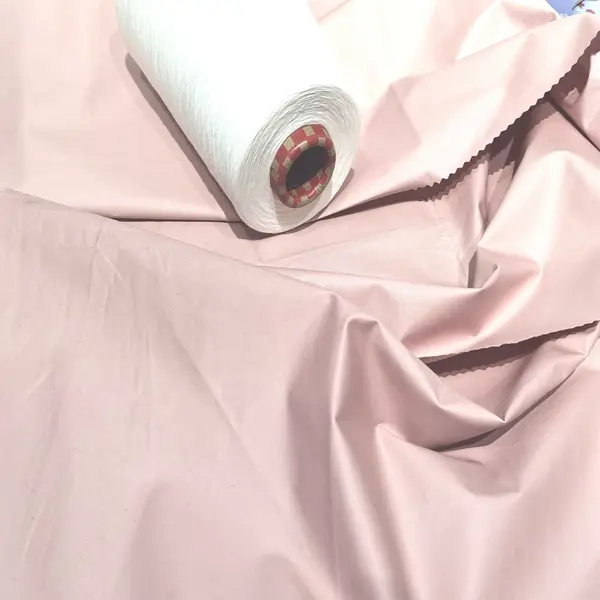
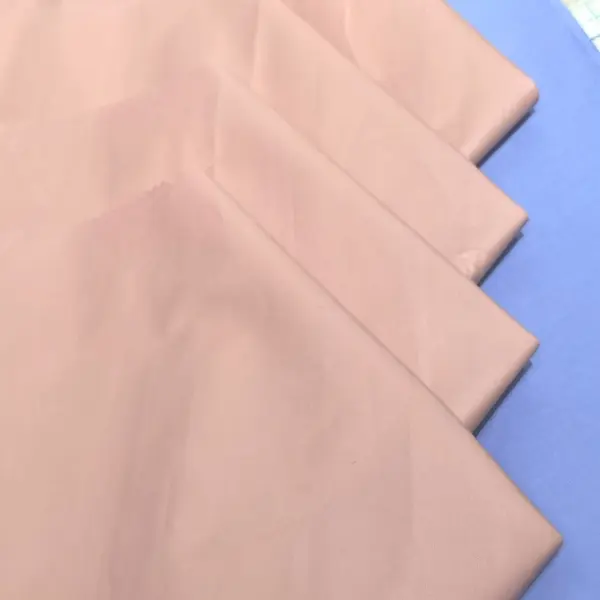
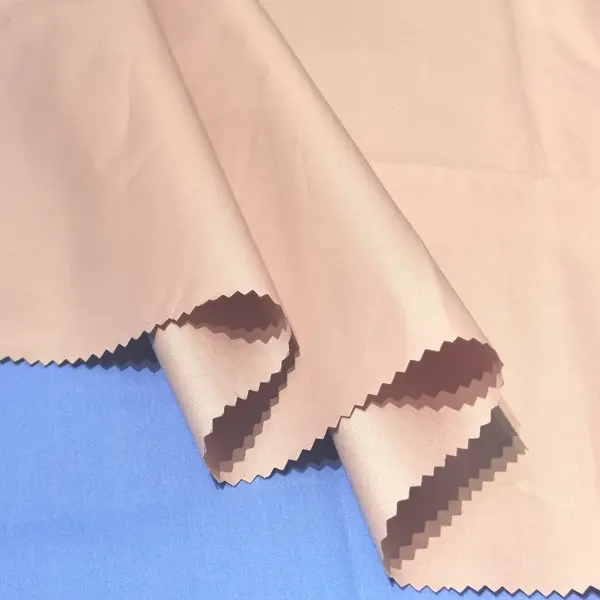
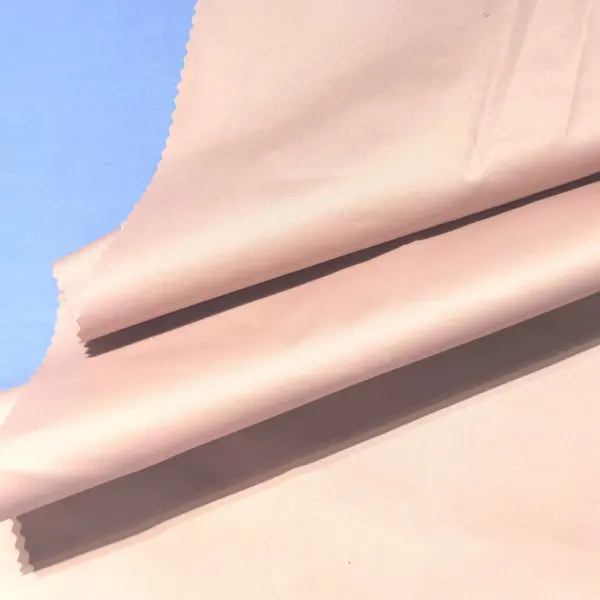
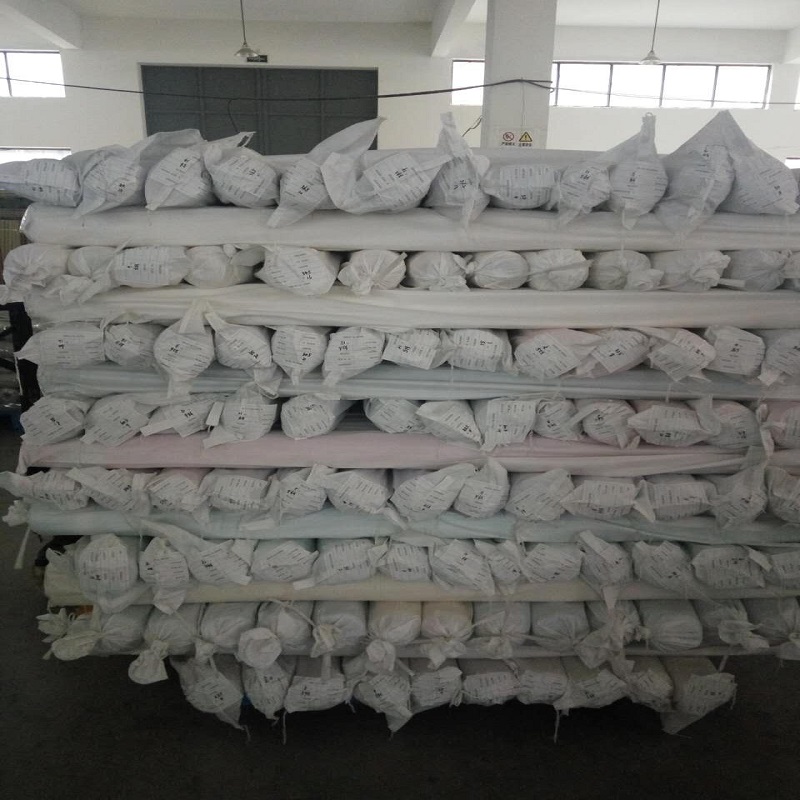

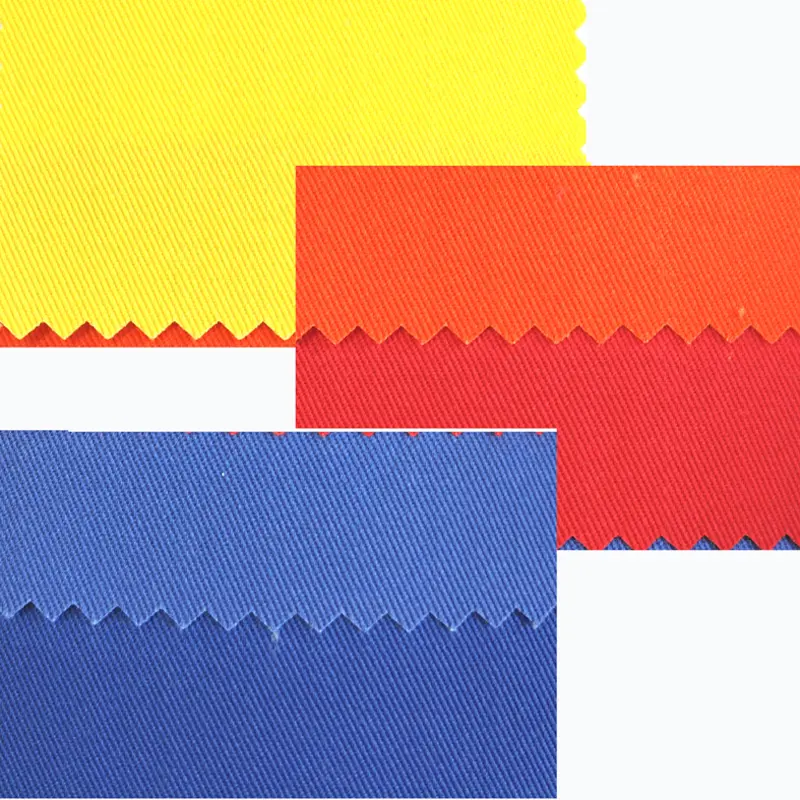
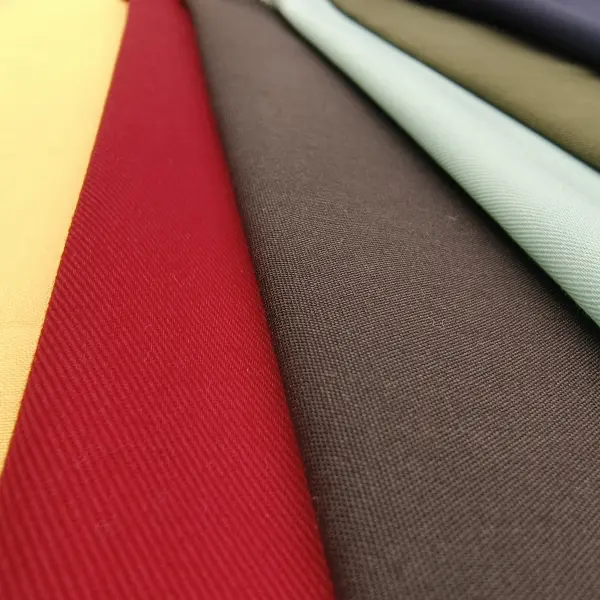
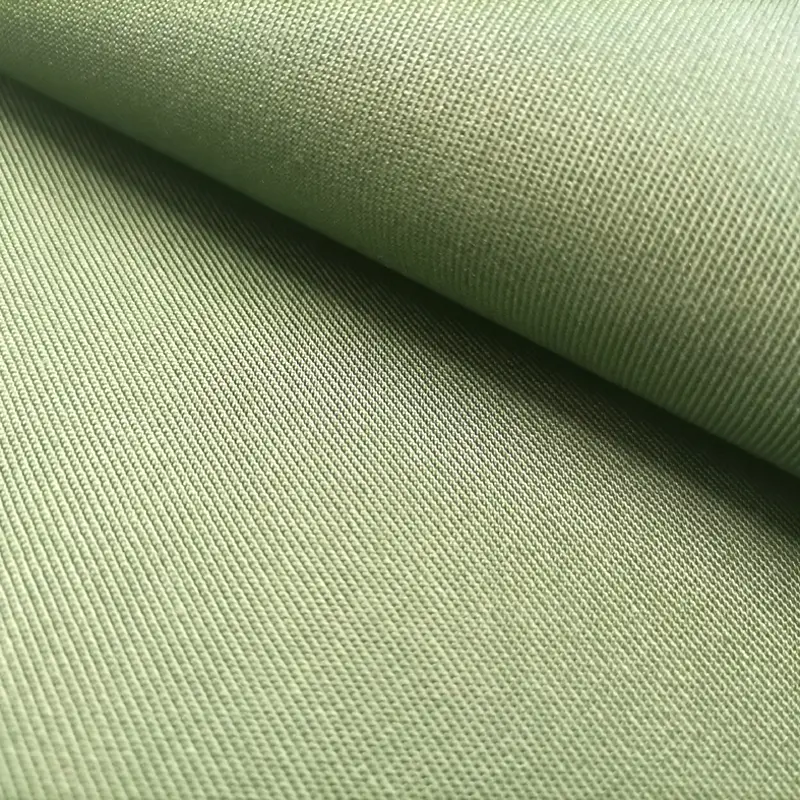
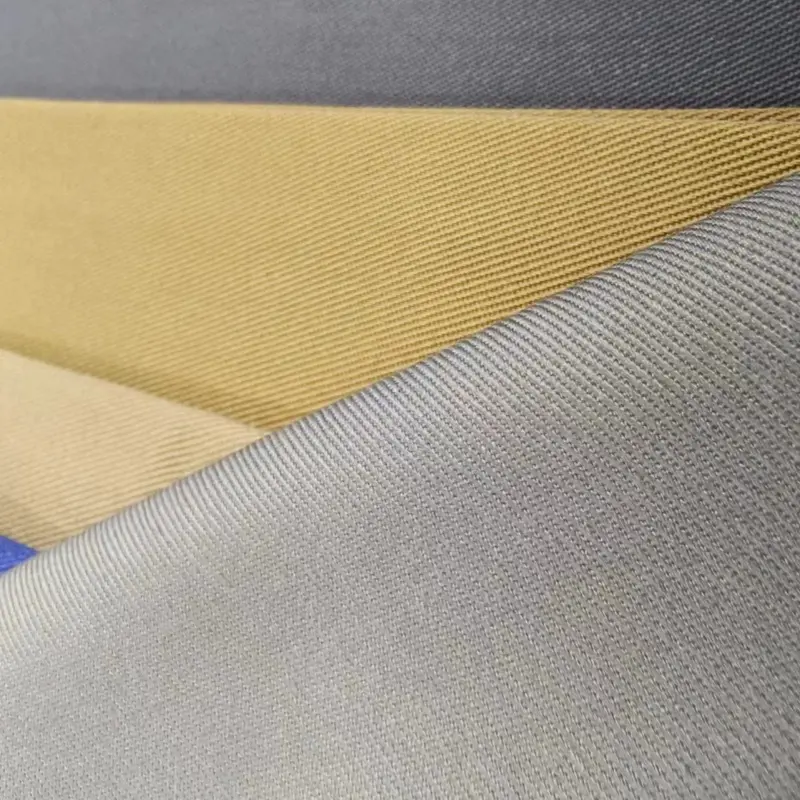
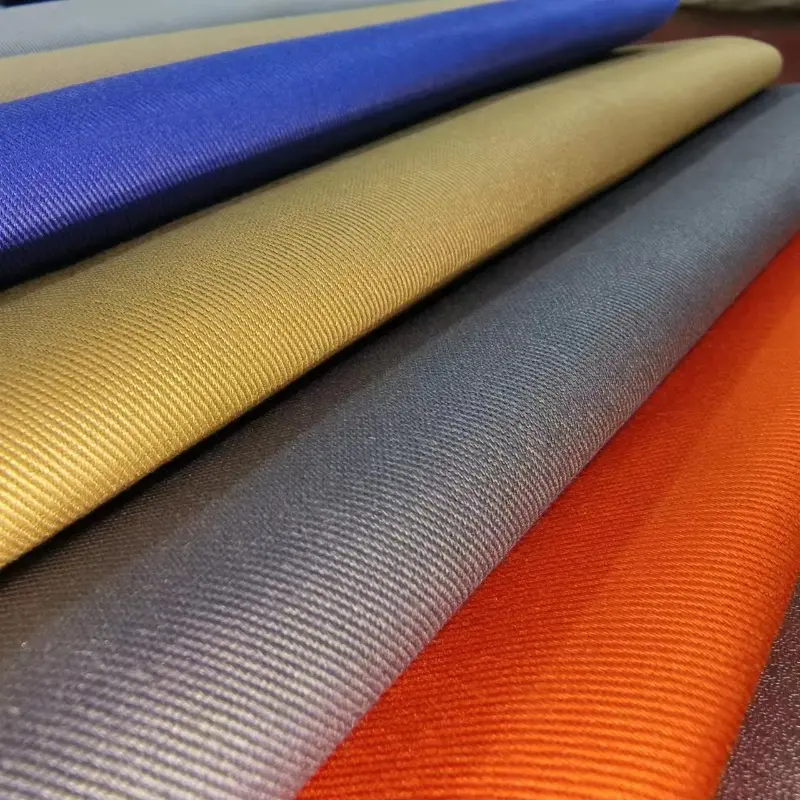
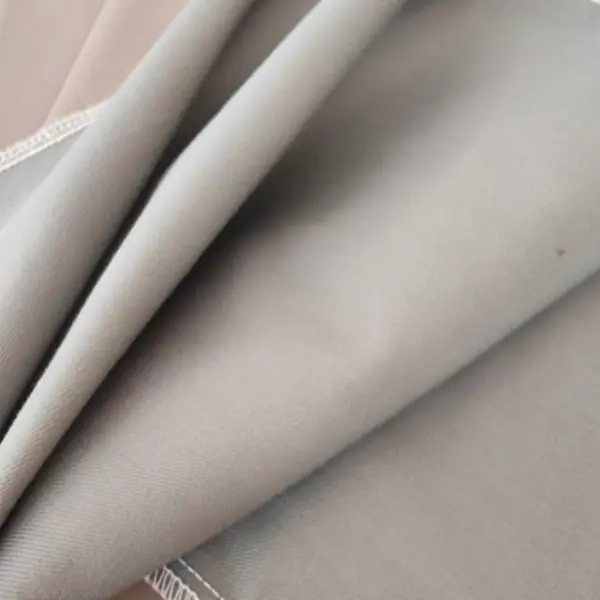
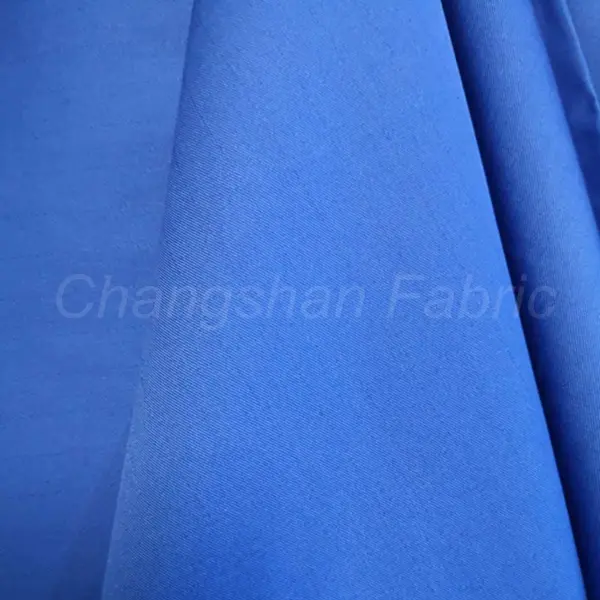
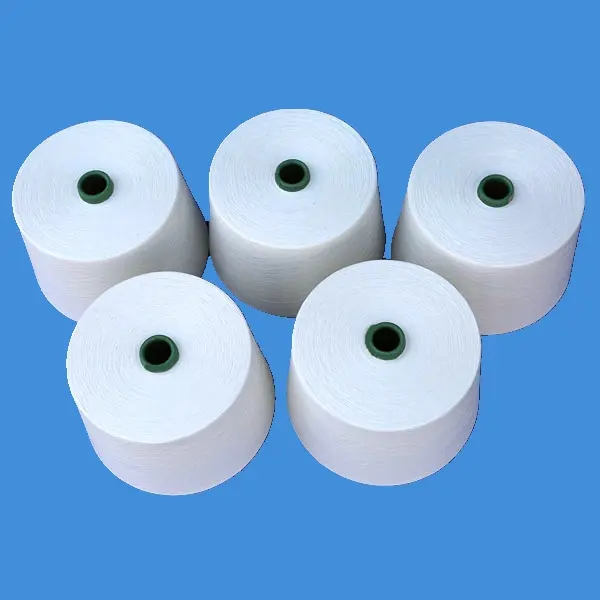
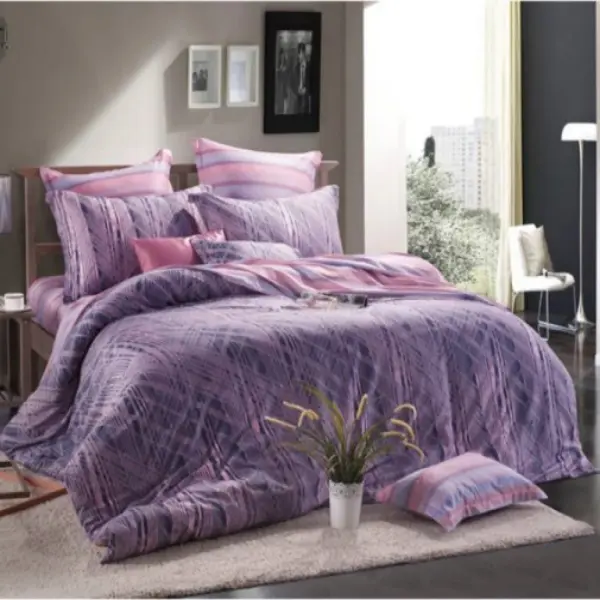

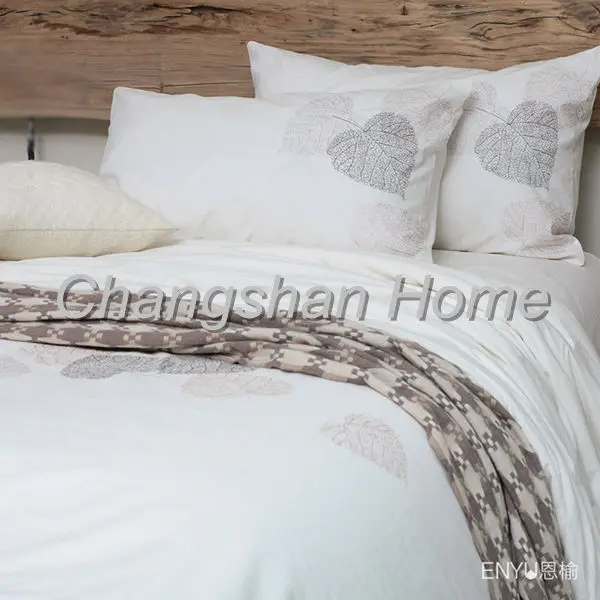
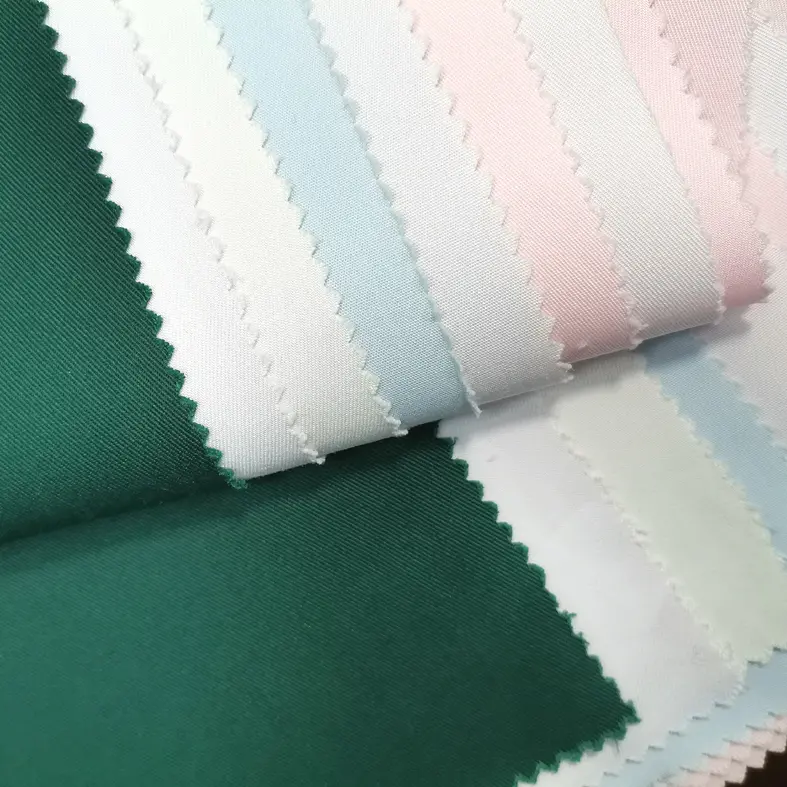
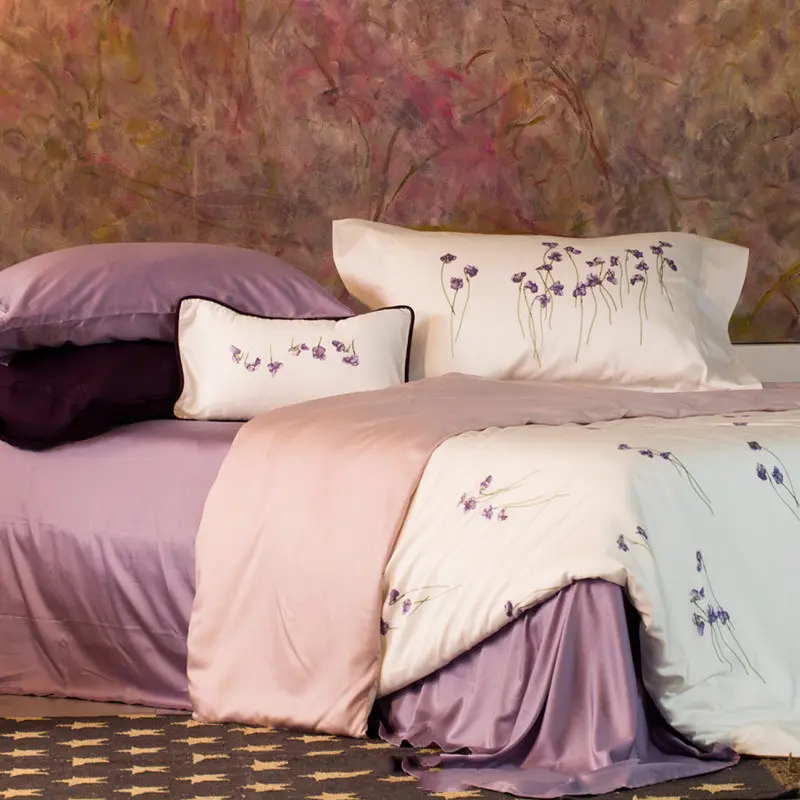
 Ma jagħmilx ħsara lill-ġilda
Ma jagħmilx ħsara lill-ġilda Versatili
Versatili Durabbli
Durabbli Assigurat
Assigurat
